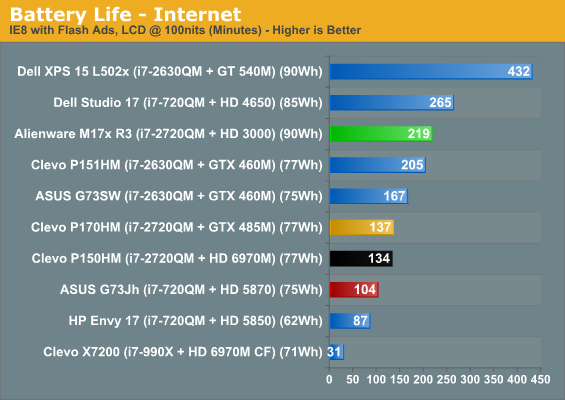Alexis Carrel Viaggio A Lourdes Pdf Printer
Posted By admin On 03/09/18
John Cage String Quartet Pdf Printer here. Alexis Carrel and Lourdes In 1902 Alexis Carrel went from being a skeptic of the visions and miracles reported at Lourdes to being a believer in spiritual cures after experiencing a healing of Marie Bailly that he could not explain. Free Gaming Ladder Script Php Tampilkan.
This article examines the cures recorded in Lourdes, France, between 1858, the year of the Visions, and 1976, the date of the last certified cure of the twentieth century. Initially, the records of cures were crude or nonexistent, and allegations of cures were accepted without question. A Medical Bureau was established in 1883 to examine and certify the cures, and the medical methodology improved steadily in the subsequent years. We discuss the clinical criteria of the cures and the reliability of medical records. Some 1,200 cures were said to have been observed between 1858 and 1889, and about one hundred more each year during the “Golden Age” of Lourdes, 1890–1914.
We studied 411 patients cured in 1909–14 and thoroughly reviewed the twenty-five cures acknowledged between 1947 and 1976. No cure has been certified from 1976 through 2006. The Lourdes phenomenon, extraordinary in many respects, still awaits scientific explanation. Lourdes concerns science as well as religion. +++Excluding tuberculous articular and osseous localization.
For lack of follow-up, x-rays, and laboratory data, many of these cures should be considered as symptomatic, leaving scars behind (Boissarie wrote that “in Lourdes, there is no anatomical regeneration of organs; the body still bears the mark of the disease,” although the cures were remarkable by themselves). Prior to the cure, patients were variously described as being in a declining, critical, or alarming state of health, cachectic, “wrecks,” dying or lifeless, beyond redemption: some had to be carried in casket-like wooden crates or long wicker baskets. Printer Hp Deskjet 1000 Tinta Hitam Tidak Keluar here. Patients metamorphosed from appalling conditions to restored health: pains vanished, functional symptoms subsided. After having been confined to bed for years, patients would stand and walk, eat and regain their weight, resume prior activity.
Ninety-six cured patients were evaluated again, usually one year later on thanksgiving; they were found healthy and, as far as we know, the recovery stood the test of time. Blufftitler Project Files For Launchpad. However, evidence of survival concerned but a fraction of the cured individuals, so most initial clinical labels given by the Bureau were one-time diagnoses. Today's physicians reading the narratives of many ambulatory female patients would, in some cases, sense the neurotic nature of symptoms, including obvious cases of hysteria classified by Cox on a par with “organic” disorders.
On the other hand, there often was evidence of anatomical abnormalities, particularly in female diseases (4.5 percent) and miscellaneous disorders (12 percent): scores of visiting physicians witnessed the disappearance of macroscopic lesions, easy to identify, such as external tumors, uterine fibromas, open wounds, and suppurative or fecal fistulae. An instantaneous cure after a short immersion in the “piscines” has been the image of Lourdes for decades, in accordance with an established Christian tradition of purification by water.
It remains the hallmark of the sanctuary for people from all walks of life, particularly clerics. Yet, our data show that the cures could occur in different ways. Although baths and Blessed Sacrament processions accounted for 80 percent of cures, other settings and circumstances were observed, inside and outside Lourdes, still in a religious context: prayer and communion at the Grotto, ingestion and cutaneous application of the Lourdes water, and also at home after prayers and novenas. Atypical cases (6 percent) are seldom if ever mentioned and they lead us to speculate that some individuals were prone to autosuggestion: Two patients were cured before reaching Lourdes; four upon arrival in Lourdes; eight when leaving Lourdes or on the way home; five back home, two days to nine months after having left Lourdes.
The cure was said to be instantaneous in 59 percent of 382 pilgrims for whom we had adequate data. In the other cases—and within the limits of available information—we characterized the cure as being “rapid” (occurring in a few hours or days, in any case before the end of the pilgrimage) or “progressive” (requiring more than four days and spread over weeks or months) and this happened in 24 and 5 percent of the 382 cases, respectively. Improvements, mentioned as such in the reports, were cited in 47 of the 382 “cured” pilgrims. However, we suspect that the incidence of improvements as opposed to cures was much higher, as the clinical evolution of the great majority of the 1909–14 so-called cured patients remained unknown. Unusual and strange events took place in Lourdes at that time. Eleven patients were cured spontaneously in town: during the night in the hospital wards; sitting in the Rosary square; during a torch-lit procession; at lunch; or after breakfast.